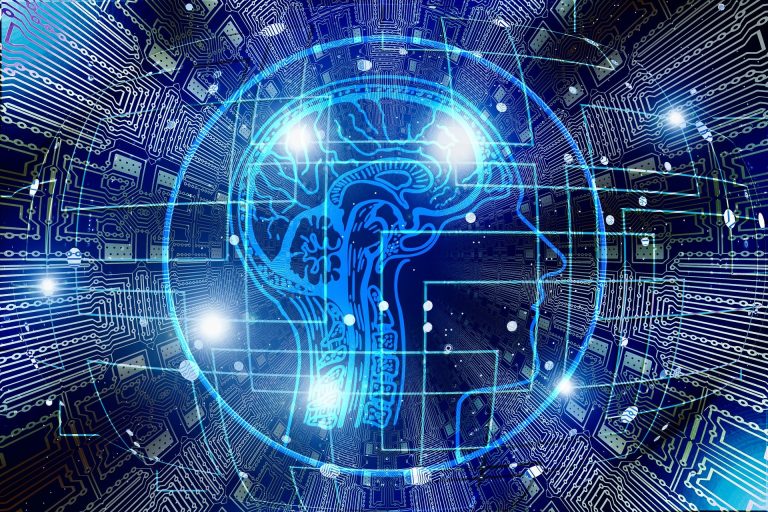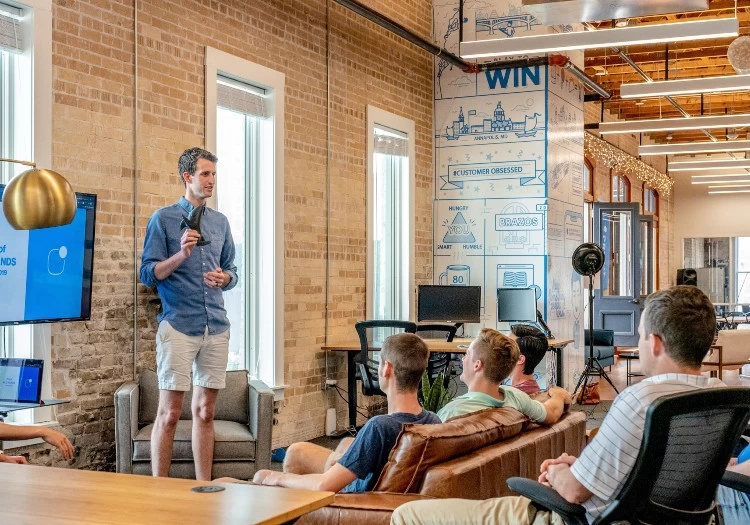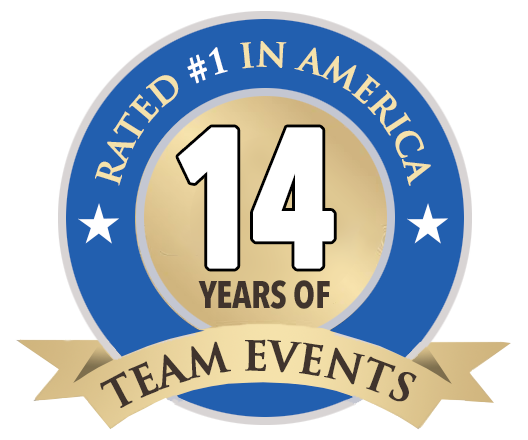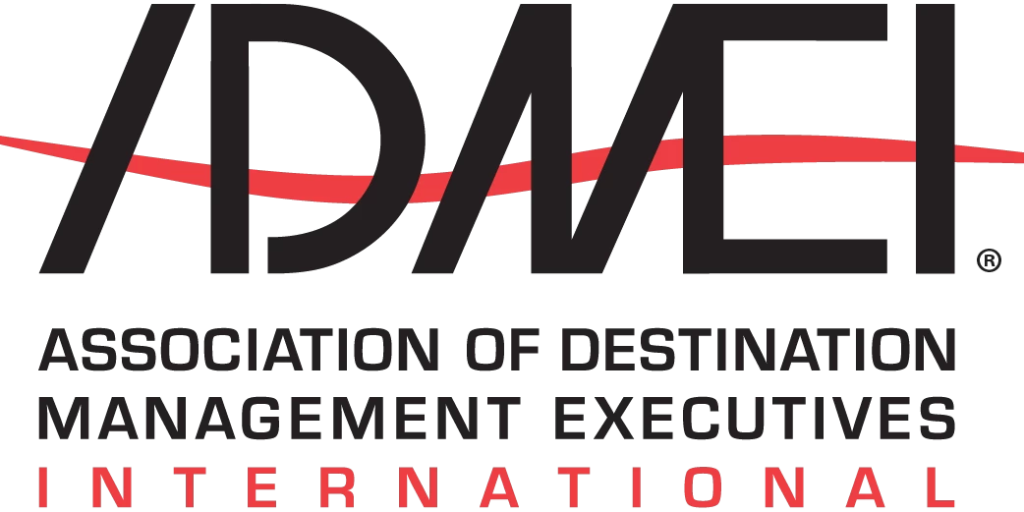Generative AI (artificial intelligence) is predicted to have massive impacts on employment. But even as it eliminates some jobs, it will change and create many more, making HI (human interaction) an even more vital skill. Here’s a look at its likely impacts, and how companies can thrive by making the best use of both AI and HI.
According to research from Goldman Sachs, AI could impact 300 million jobs globally. A quarter of those roles could be replaced by AI, though new jobs will also be created. Per the report, “if generative AI is widely implemented, it could lead to significant labor cost savings and new job creation. The current hype around AI has already given rise to new roles, including prompt engineers.”
The remaining jobs will be changed. For example, programmers will spend more time on problem solving and design, with AI doing more of the actual code writing. Lawyers and financial analysts will spend more time on strategy, while AI automates research tasks. And customer service reps will focus on resolving complex issues while AI answers the more routine, common customer questions.
For employees, the key word is “disruption.” They know that AI will impact their roles, but not exactly how, or what their employer will do. In turn, for employers, that increases the risk of talented employees becoming disengaged or even leaving the company.
In this very unsettling environment, an increased focus on human face-to-face interaction is crucial. AI will drive change, but human intelligence is also vital – and team building supports this.
The Risks of AI at Work
AI offers both promise and peril for enterprises and employees alike. For businesses, benefits include reduced costs and higher productivity. For workers, it can mean freedom from tedious repetitive tasks and the opportunity to do more interesting work.
But AI creates risks as well. While businesses certainly can’t afford to ignore AI, embracing it raises concerns including:
Exposure of confidential information: Any data used to prompt open systems like ChatGPT become part of the public domain. If programmers enter proprietary company software code into ChatGPT to find errors, that code is now exposed to the world. If data entered includes private customer details or health information, it can expose the company to legal and regulatory risks.
Inaccurate information: Systems like ChatGPT can report inaccurate “facts” and even make basic math errors. In one recent and notorious instance, a lawyer got his firm in trouble for citing previous court cases that didn’t exist, based on output from ChatGPT.
Missing out on employee innovations: If employees have concerns about using AI tools, they may hide that use from their company, preventing the business from capitalizing on improvements (as well as creating unrecognized risks).
Similarly, while employees understand that they need to be aware of how AI could impact their roles, embracing it improperly creates risks. A professor at the University of Pennsylvania’s Wharton School recently wrote that many employees are hiding their use of AI at work. According to professor Ethan Mollick:
“People are streamlining tasks, taking new approaches to coding, and automating time-consuming and tedious parts of their jobs. But the inventors aren’t telling their companies about their discoveries. Employees have reasons to keep quiet about their A.I. use. Mostly they want to stay out of trouble.”
Among the reasons for employees to hide their AI use are:
Company policy: Many companies have banned the use of ChatGPT over legal or regulatory worries, such as those noted above. Consequently, employees may use the AI platform from their personal devices, evading company scrutiny.
Concern for their jobs: If employees figure out how to automate large parts of their jobs, they’ll probably feel at risk of losing them.
Concern for the jobs of coworkers: According to professor Mollick, “If someone has figured out how to automate 90% of a particular job, and they tell their boss, will the company fire 90% of their coworkers? Better to keep usage secret, and avoid any risk.”
How to Mitigate Risks and Capitalize on the Benefits of AI
Organizations that place a high value on HI as well as AI will reap the benefits of both: a highly engaged workforce with enhanced productivity. That means balancing a focus on workplace relationships and employee well-being with a carefully designed embrace of AI technology.
In the words of Wharton’s professor Mollick, the ideal approach comes down to trust and culture:
“Bosses should guarantee that nobody will be punished or fired for coming forward with their A.I.-enhanced work methods. This is where organizations with high degrees of trust and good cultures will have an advantage. If your employees don’t believe that you care about them, they will keep their A.I. use hidden.”
How Team Building Helps Embrace HI and AI
Team building is more important than ever before due to the speed of change – there’s something new every month. AI is just one driver, though a big one, of that rapid change. Taking part in team building activities gets your team back on the same page in the midst of change.
Business-focused team building programs are all about developing HI, building stronger workplace relationships, improving collaboration, and deepening trust. Helping employees enhance their “soft skills” (a better term is “people skills”) by investing in team building programs demonstrates your commitment to helping them thrive at work regardless of AI or other technology-driven change.
In-person team building exercises are even more important when some or all employees may be working remotely or in a hybrid work structure. Though it’s not where but how you work that matters, remote work can make it easier for employees to disengage and leave (particularly when they feel threatened by AI). Team building is better than “just a meeting” because it lowers the stakes and levels the playing field.
Some of the BEST team building programs to help employees deal with concerns and constructively embrace change include:
Speed Networking: Our Speed Networking event offers a series of engaging activities and interactive discussions to foster camaraderie and strengthen relationships. Ideal for groups of 30 to as many as 1,500 participants, the event kicks off with an energetic group activity, followed by 15-minute challenges at assigned tables. Participants rotate and engage with different individuals as they complete various tasks.
Competition to Collaboration®: Teams compete by tackling different challenges like Kaizen, Speed Order, or Pipeline. The activities are designed to foster healthy competition and sharpen strategic thinking skills. In the second half of the program, teams must share knowledge in order to maximize the collective success of all teams.
Igniting Team Performance Series™: Igniting Team Performance offers a customizable program, with dozens of team-building activities to choose from based on the pre-program needs assessment. For teams that already work well together, Igniting Team Performance offers a challenging and engaging program to test and enhance leadership, communication, meeting management, and goal-setting abilities.
Summary
AI will have massive impacts on the workplace, eliminating some roles while changing others and creating entirely new jobs. Employees are, understandably, both excited by and concerned about the potential impacts of this technology.
Tools like ChatGPT create both opportunities and risks for enterprises. In order to maximize the potential of AI while minimizing risks, companies need to focus on HI (human interaction) as they determine how to best integrate AI into their operations.
Team building activities are more important than even in this environment, because they help employees deal with rapid and constant change; they build the HI skills that will be even more vital as simple, repetitive job functions are automated; and they demonstrate a commitment to helping employees enhance their skills, thereby building trust and a strong workplace culture.














